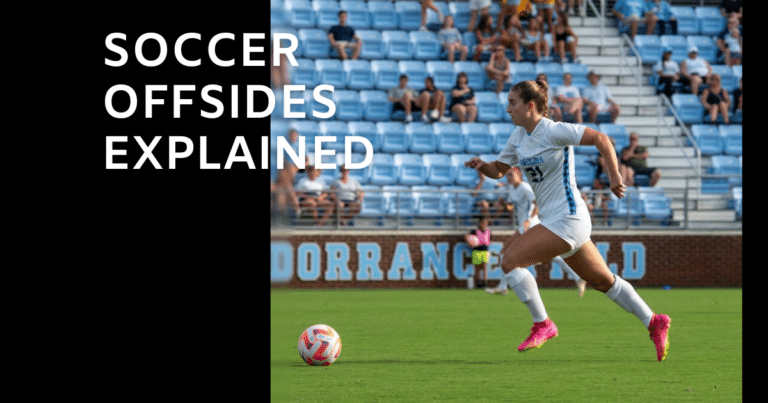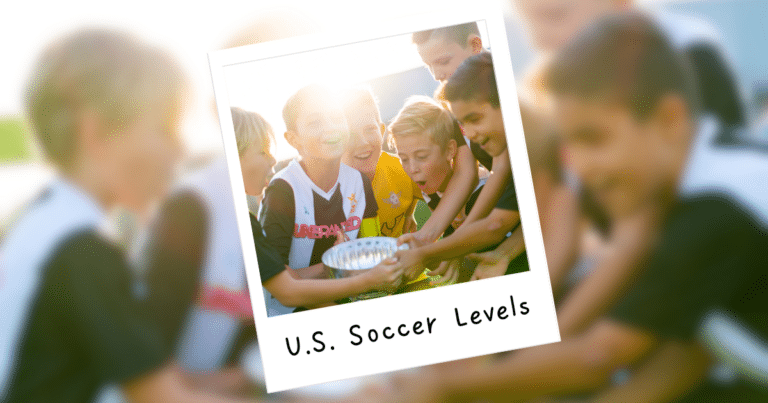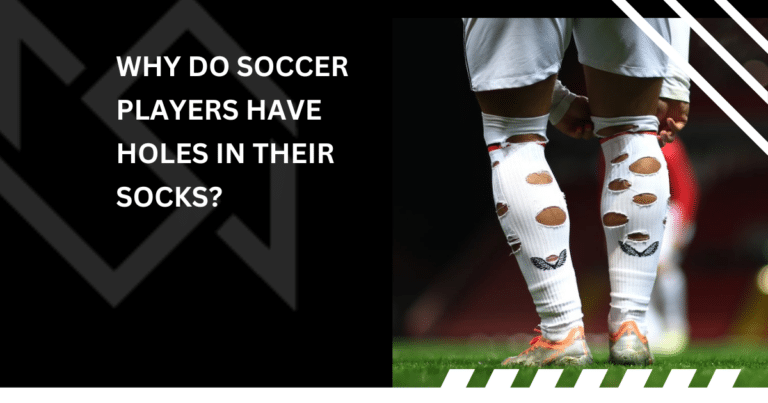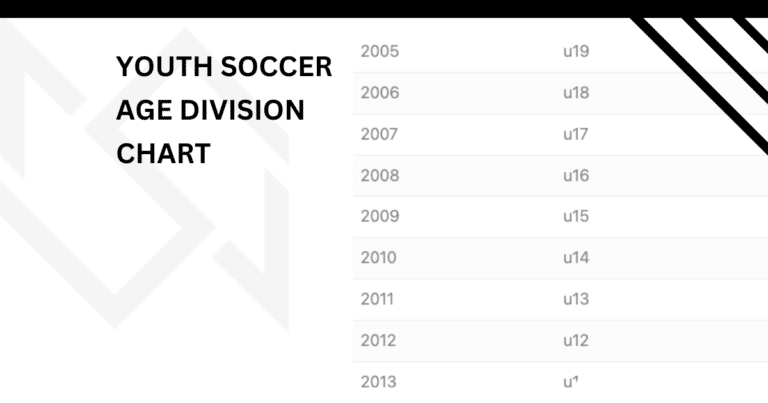What is Bio Banding in Soccer?
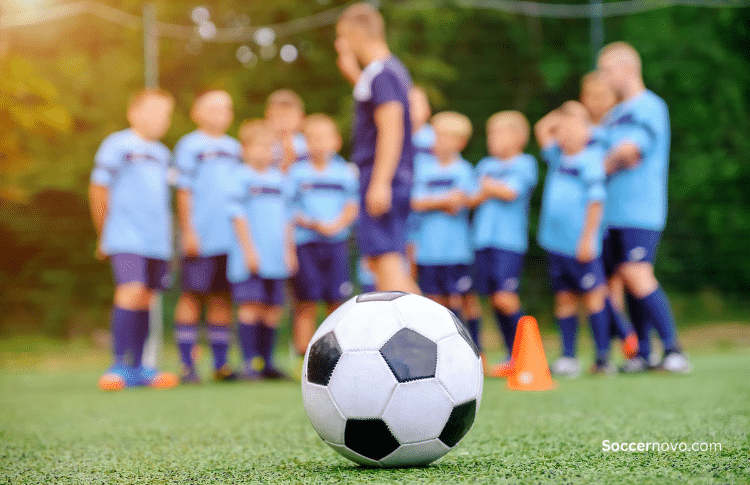
Bio banding allows players to be positioned based on their personal maturity and biological age rather than only their chronological age.
The thinking behind this is that kids mature at different times and sometimes it creates an advantage or disadvantage.
When kids are grouped based on their maturity, coaches can identify their talent better.
For example, let’s take two 13 year-old boys. One boy hits the peak of their growth spurt and matures to be 5’10” with a physical build. The other boy who is the same age is just starting his growth spurt and is 4’9” with little to no muscle mass.
Conceptually it makes sense but there’s a lot of gray area. And, does it benefit the athlete in the long run? Or, does it just erase some of their confidence and hold them back?
In this article, I’ll address some of the common questions parents have about bio banding in soccer.
What Are the Benefits of Bio Banding?

In 2018 U.S. Soccer introduced the bio banding initiative in soccer.
“Bio-banding allows players to be grouped based on their maturity and biological age and not by their chronological age. By doing this, massive swings in maturity that can be seen within the current chronological groupings are removed. By grouping players based on maturity, the physical advantages that early maturing players have when playing against less mature players are reduced.” – U.S. Soccer
Some of the benefits that resulted in bio banding players are:
- Allowing players to compete against other players that are similar to their maturity level
- Allowing players to develop their skill set at a younger age
- It provides undersized players a chance to catch up while preventing injuries
What is the Difference Between ‘Biological Age’ and ‘Chronological Age’?

The biological age of a child refers to how old your cells are.
On the other hand, chronological age is how long an individual has lived in years, months, and days.
“Simply put, biological age is the rate at which you’re aging physically, whereas your chronological age is simply the amount of birthdays you’ve celebrated.”
Dr. Kara Fitzgerald, a expert in epigentics and aging, and author of Younger You
In the case of soccer, leagues are broken up by birth year so more aligned with chronological age.
What is the Downside of Bio Banding?

Some youth soccer players develop years earlier than others. They are at an advantage based on their size. As a player, their potential doesn’t account for technical abilities.
For example, a girl who is bio banded because of her late maturity but has extraordinary ball skills may be frustrated. They can skate past defenders or make amazing passes that aren’t being handled well. In this case, bio banding may do a disservice to her development. She can hang and do well with her age.
Also, bio banding a player down an age usually takes away an opportunity from a player who is in that age group by chronological age. This isn’t fair to the development of the kid who is “of age” but could benefit from training with players better than them.
Sometimes, it’s better to not bio band a player but place him or her on a lower-level team in the same soccer club.
Final Thoughts on Bio Banding
I think bio banding serves its purpose and can benefit some players who are late-bloomers. It can eliminate some friction between “bully ball” and developing technical skills at a younger age.
However, by considering the predicted adult stature/height and maturity offset (how far a child is from peak height), assumptions are considered. Unfortunately when things aren’t so cut and dry, teams take advantage of this.
In my experience, I’ve seen soccer players who were bio banded but are visibly bigger than other players on the field. Maybe they hit a growth spurt midway through the season but I think these kids would benefit from playing and training with kids their age.
In all honesty, some undersized players will benefit a lot from playing against kids their age. They may get pushed around a bit but if they can develop their technical abilities and maximize their potential, they will experience massive jumps as their physical stature catches up.
It’s ultimately a personal choice and the recommendation of the soccer club to determine if and when a player should be bio banded.

Written By: Beau Bridges
Beau is the founder of SoccerNovo, dedicated to helping players and parents navigate the youth soccer landscape. As a former youth coach and soccer parent, he shares insights on player development, recruiting, and the ever-evolving soccer scene in the U.S.
Let’s connect



